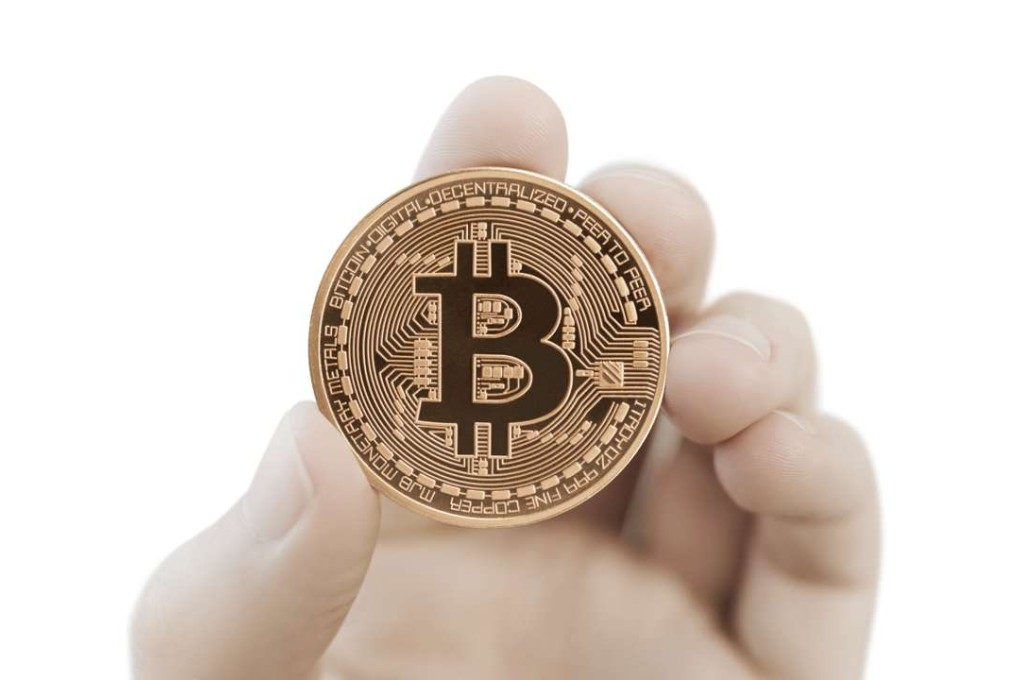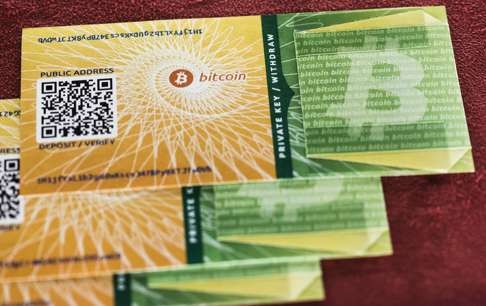How blockchain, tech behind bitcoin, could usher in a cashless revolution
Able to distribute data that can’t be tampered with, enabling trackable, secure transactions of any kind, blockchain’s potential applications are almost limitless. But will we trust our lives to code?

Contactless payments, Octopus, WeChat, Apple Pay … the digital world is turning quickly to electronic money, with cheques and now cash on the endangered list.
With global travel and trade and a demand for ever greater transparency, currency exchange fees are being questioned, and even the need for national currencies. The old system is fast looking like, well, old money. So why not have a completely digital currency?
Enter bitcoin, which appeared as an alternative method of exchange after the global financial crisis of 2009. Created by a mysterious computer coder with the pseudonym Satoshi Nakamoto, it’s since been the flag-bearer for digital money.

This peer-to-peer electronic cash system gets its fair share of detractors, and it’s become obvious that it’s not going to dominate tomorrow’s world. However, the technology at its core almost certainly will.
Called the blockchain and used throughout Bitcoin exchanges, this is about securely tracking and verifying transactions of any kind.
Able to distribute data (for that’s all digital currency really is) that can’t be tampered with, some think it could help create a 100 per cent secure internet.